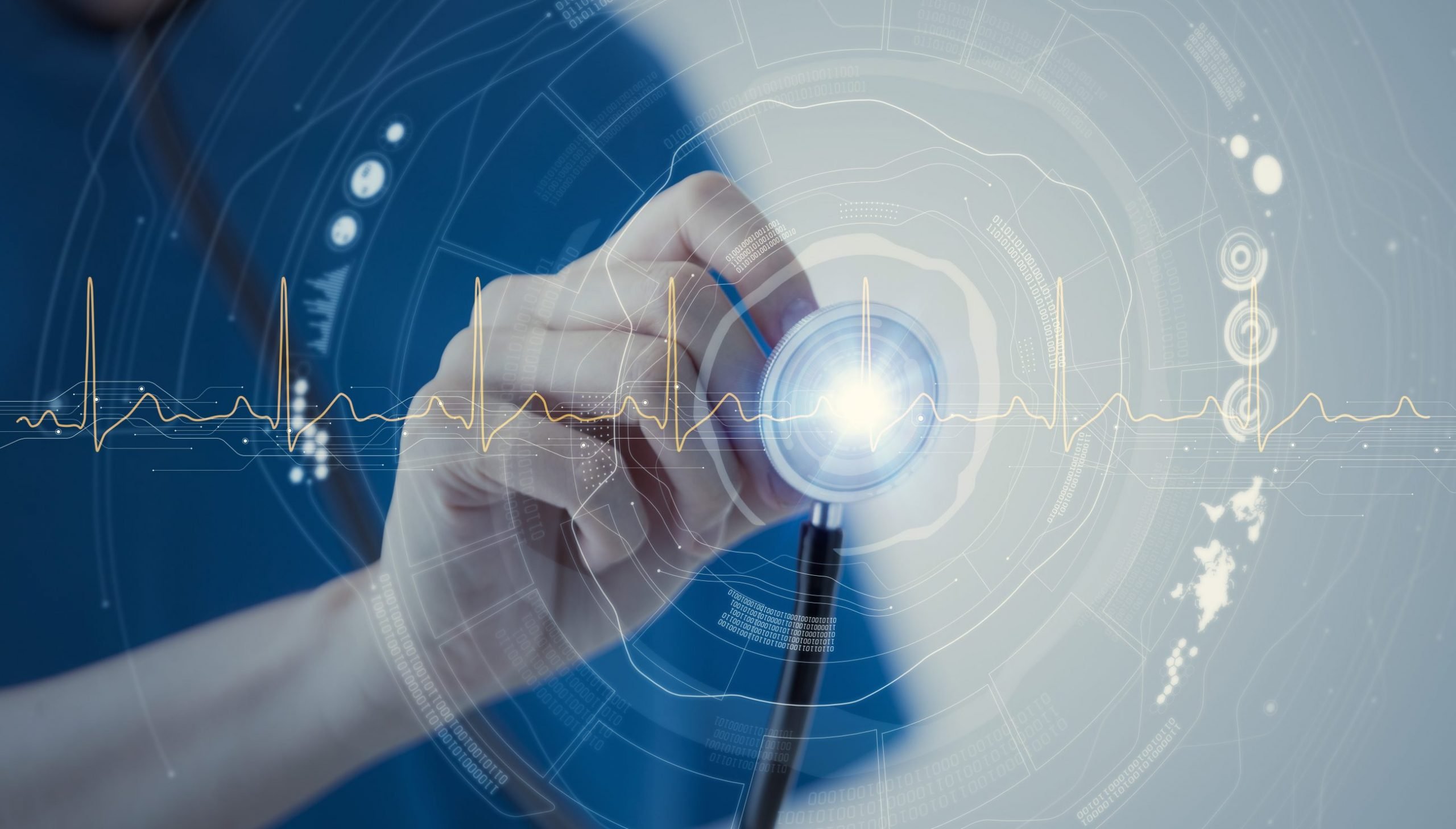Throughout recent times, the medical industry has seen an explosion of innovative technologies which are reshaping many aspects of health and medicine. From AI-based monitors to implantable devices, medical technology (or “MedTech” as it is often known) has seen a significant volume of patent applications over the past 20 years or so.
The industry shows no sign of slowing down either — with recent innovations helping to address several challenges such as an ageing population and long-term disease management.
Advancing PCBs
Increasingly, we are seeing the capabilities of new medical technologies push the limits of the design and manufacturing process. As devices and equipment become smaller and
smaller — all the while incorporating increased functionality — so too must their electronic components.
Thanks to technological improvements, it is now possible to make printed circuit boards (PCBs) that are far smaller, denser and much more reliable and powerful than was previously possible.
In the past, most parts were designed using through-hole technology (THT), and it was unusual to find a part that had pins with less than 0.1” spacing. Now, it’s uncommon to find parts that use solely THT and have pins spaced that far apart. For instance, components such as micro-BGAs use previously unheard of pin-to-pin spacing.
Equally, some discrete components are disappearing from external surfaces altogether and being placed into internal layers instead — making recovery of significant areas of the external surfaces possible. This is especially prevalent with resistors, which in many high-density designs are now laminated onto various internal layers using specialised materials.
Looking ahead, 3D printing is set to evolve PCBs even further by allowing substrate items to be printed layer by layer, before adding a liquid ink featuring electronic capabilities on top.
As a result of these advancements, PCBs are starting to play an increasingly important role in the healthcare sector across diagnostics, treatment, monitoring and more. PCBs have long been used in medical imaging systems such as CT, CAT and ultrasonic scanners — as well as the computers that compile and analyse the images. Equally, heart rate, blood pressure and blood glucose monitoring equipment all depend on electronic components such as PCBs to obtain accurate readings.
Now, we are also seeing PCBs used increasingly in internal medical devices — such as pacemakers, sophisticated neuroprosthetics and gastrointestinal system tracking devices — which are either implanted or ingested. For example, pill-sized PCB cameras made up of an image sensor, aperture and a lens can be mounted onto the board. These components can then be swallowed by patients to allow for digital images and video footage to be taken of the digestive tract.
When designing and developing these boards, special attention must be paid to reliability as a malfunction could be critical to patient health. In many cases, PCBs must also meet strict standards for sanitation — especially those used for implants.
Various additive steps such as copper plating, surface metalisation and ink application can help to produce a board that is both reliable and repeatable. By shortening the circuit paths, embedded components can often enhance the performance of high-speed circuits in PCBs too.
Soft electronics
To help miniaturise medical technologies even further, we are also beginning to see a trend for flexible electronics. These next-generation components are essential for creating complex devices that can fit into small physical spaces — such as those deployed within the human body.
Most devices achieve flexibility by patterning metals and semiconductors into bendable structures or by using malleable materials such as conducting polymers. Transistors and integrated circuits can also be made from threads and combined with thread-based sensors to create fully flexible, multiplexed devices. These “soft electronics” can then be woven into fabric, worn on the skin or (in theory) implanted surgically into the skin, heart or even brain tissue.
Fully flexible electronic devices enable a wide range of applications without compromising function. For example, electronic medical tattoos and stick-on sensors can check vitals and transmit the results effortlessly via Bluetooth. Similarly, smart contact lenses can be packed with thousands of biosensors and engineered to pick up early indicators of diseases such as cancer and other conditions.
Wearables — which can measure anything from a person’s pulse and heart rate variability to their blood pressure and respiratory rate — are also making full use of soft electronics. These types of technologies are already helping with diagnostics, allowing patients and medical practitioners to monitor conditions over a prolonged period without the need for regular testing.
Technologies of the future
So, that’s what’s happening now. But what does the future have in store for electronics in MedTech? About 150 years ago, people would regularly die of diseases that are easily treatable (and preventable) today. But the advent of modern medicine has effectively doubled the average lifespan of humans from about 40 to 80 years in a little over a century.
Thanks to recent advancements in electronics, we are likely to see technologies within the medical sector continue to extend our lifespans. After all, robotic prosthetic limbs are already in use and robotic organs, such as an artificial pancreas that automatically administers drugs to control diabetes, are currently being developed.
Is it really so unthinkable that electronics could allow us to live forever?
“Over the years, EC Electronics has worked with many clients in the medical industry to provide completely assembled boxed electronics products for use in a variety of applications. The widening array of technologies available due to advancements in these electronics will undoubtedly lead to new ways of detecting and understanding diseases — thus raising the odds of successful treatment or cure.
“And who knows? Maybe one day they’ll even mean we can all live forever. It’s certainly an exciting time for electronics and MedTech — one that we are very excited to be a part of.”
- Phil Simmonds, Group Managing Director at EC Electronics.
Want to contribute to the future of technology? Contact us today to learn more about our Product Realisation service.










